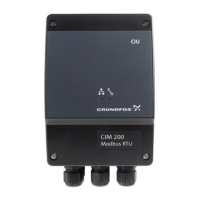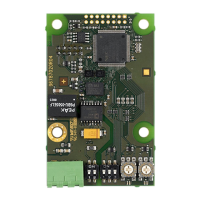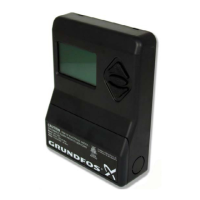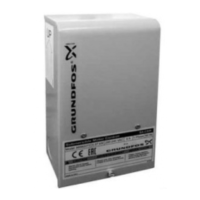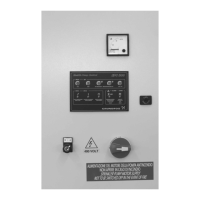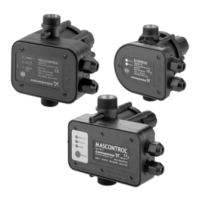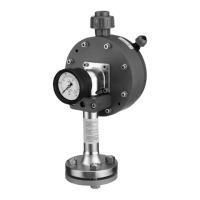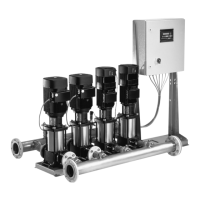日本語(JP)
35
10.イベン ト ・ ログ
図19 イベント ・ ログ
イベント ・ ログには、 モニタリングされるそれぞれ
の装置に関連する イベン ト と操作の完全な履歴が含
まれます。
イベン ト ・ ログには、 以下の事柄の記録が含まれま
す:
• アラーム
• 警告
• クリアされたアラームと警告
• ユーザによ るア ラーム と警告の確認
• ユーザの発行 し た リ モー ト 制御コ マン ド
• サービス警告
• ユーザが手動で入力し たコ メ ン ト
すべてのイ ベン ト には、 サーバーが受信し た時点の
タイム・スタンプが付けられます。 また、 ユーザー
が開始し たイベン ト には、 ユーザーのシステムIDが
スタンプされます。イベント ・ ログは、 スプレッド
シート にダウンロードするこ とができます。
図20 イベント ・ ログ
TM0657165315TM0657175315
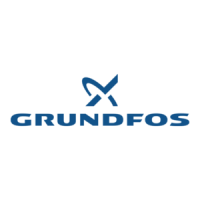
